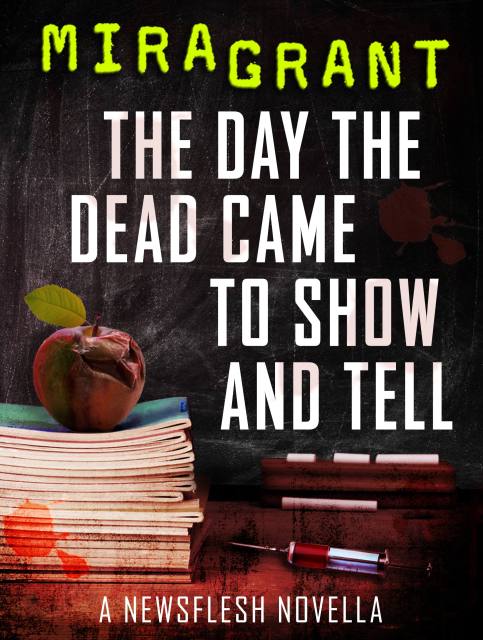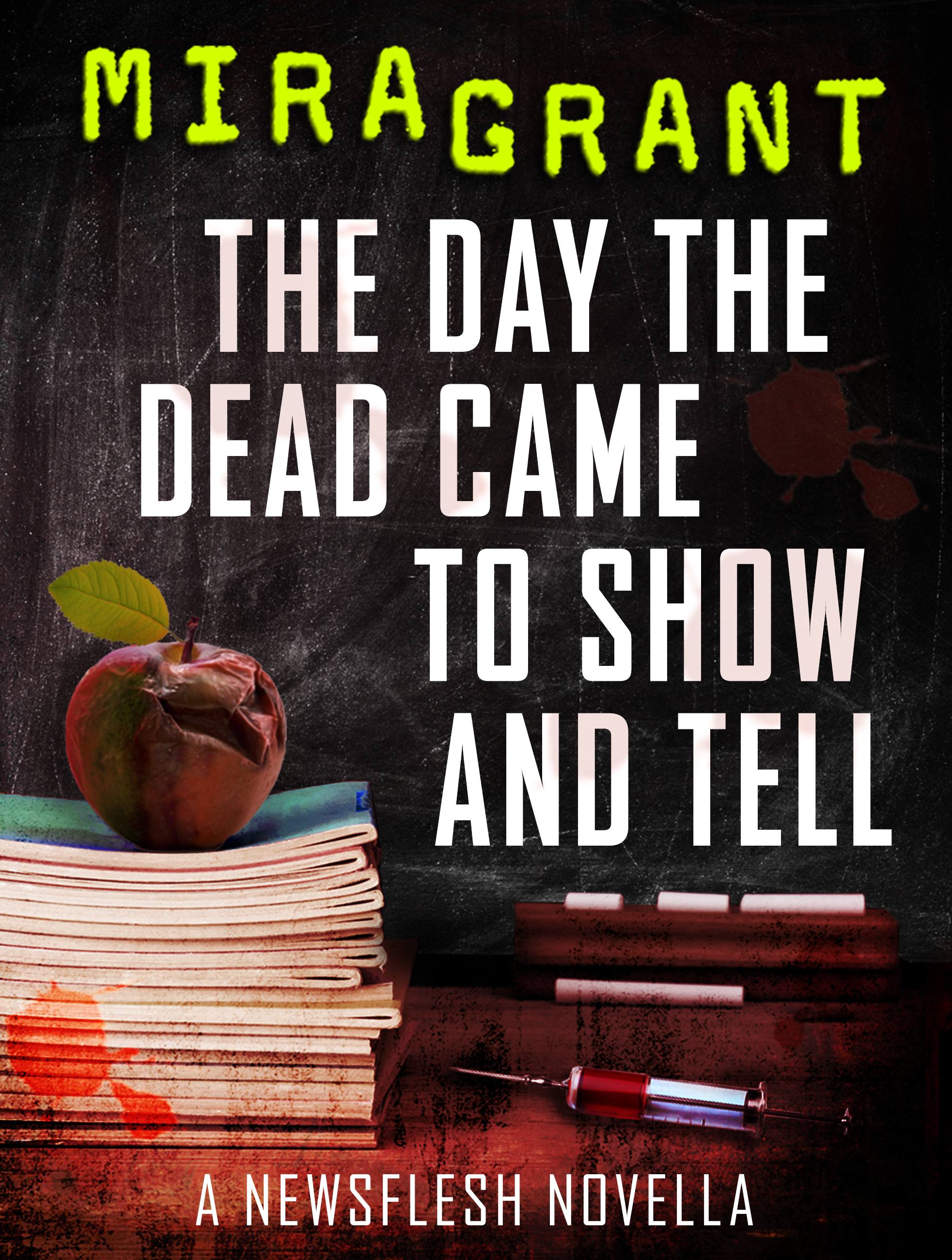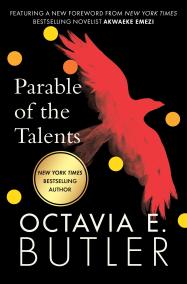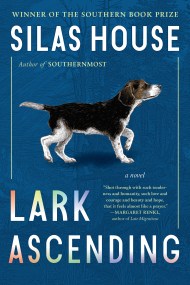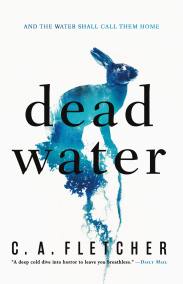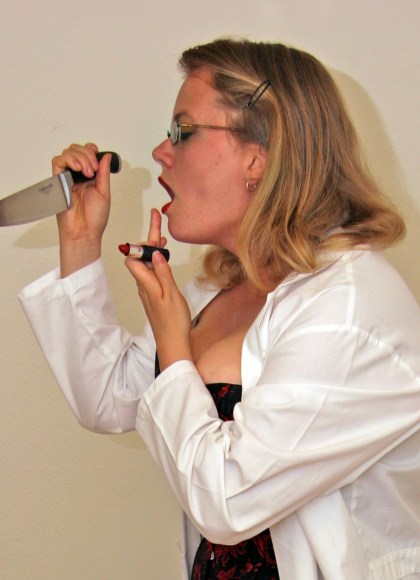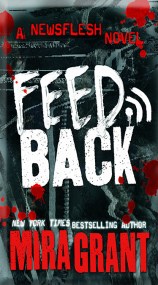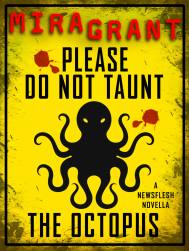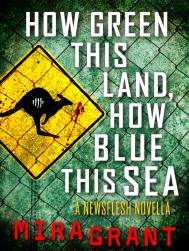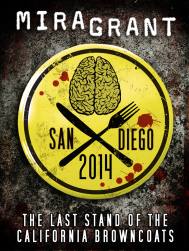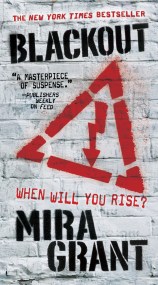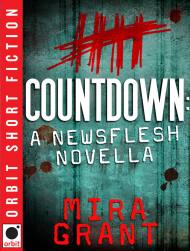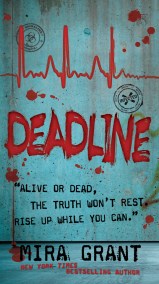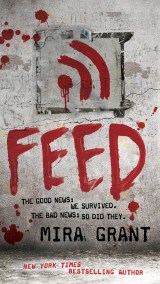Promotion
Use code MOM24 for 20% off site wide + free shipping over $45
The Day the Dead Came to Show and Tell
A Newsflesh Novella
Contributors
By Mira Grant
Formats and Prices
Price
$3.99Price
$4.99 CADFormat
Format:
ebook (Digital original) $3.99 $4.99 CADThis item is a preorder. Your payment method will be charged immediately, and the product is expected to ship on or around July 15, 2014. This date is subject to change due to shipping delays beyond our control.
Also available from:
Outside the classroom walls the Rising was spreading, but inside was a carefully protected sanctuary against the growing threat.
Or so the teachers and students thought.
More from Mira Grant:
Newsflesh
Feed
Deadline
Blackout
Feedback
Rise
Newsflesh Short Fiction
Countdown
Everglades
Sand Diego 2014
How Green This Land, How Blue This Sea
The Day the Dead Came to Show and Tell
Please Do Not Taunt the Octopus
All the Pretty Little Horses
Coming to You Live
Genre:
- On Sale
- Jul 15, 2014
- Page Count
- 84 pages
- Publisher
- Orbit
- ISBN-13
- 9780316380980
Newsletter Signup
By clicking ‘Sign Up,’ I acknowledge that I have read and agree to Hachette Book Group’s Privacy Policy and Terms of Use
